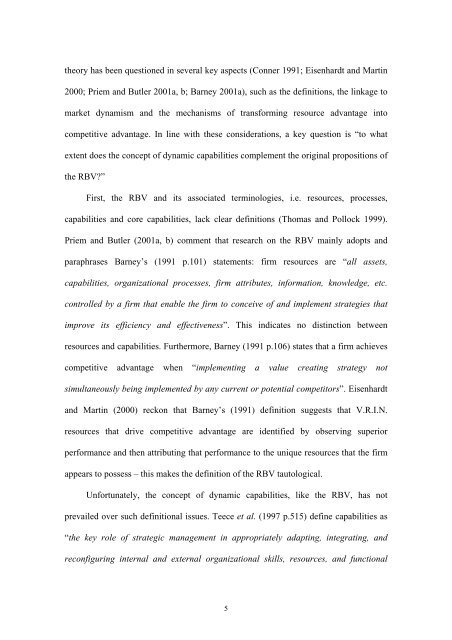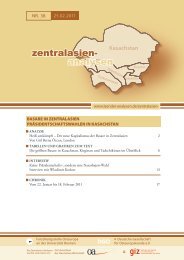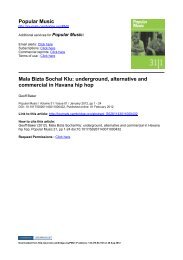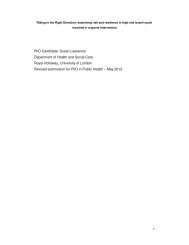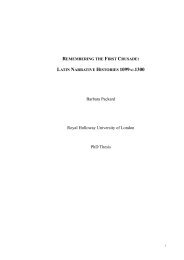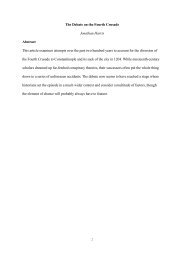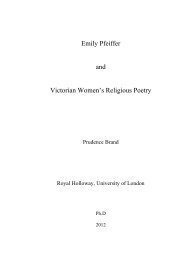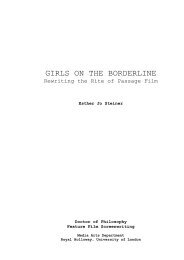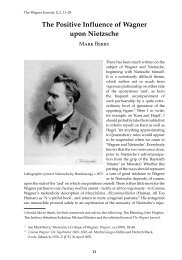Dynamic Capabilities: A Review and Research Agenda
Dynamic Capabilities: A Review and Research Agenda
Dynamic Capabilities: A Review and Research Agenda
Create successful ePaper yourself
Turn your PDF publications into a flip-book with our unique Google optimized e-Paper software.
theory has been questioned in several key aspects (Conner 1991; Eisenhardt <strong>and</strong> Martin<br />
2000; Priem <strong>and</strong> Butler 2001a, b; Barney 2001a), such as the definitions, the linkage to<br />
market dynamism <strong>and</strong> the mechanisms of transforming resource advantage into<br />
competitive advantage. In line with these considerations, a key question is “to what<br />
extent does the concept of dynamic capabilities complement the original propositions of<br />
the RBV?”<br />
First, the RBV <strong>and</strong> its associated terminologies, i.e. resources, processes,<br />
capabilities <strong>and</strong> core capabilities, lack clear definitions (Thomas <strong>and</strong> Pollock 1999).<br />
Priem <strong>and</strong> Butler (2001a, b) comment that research on the RBV mainly adopts <strong>and</strong><br />
paraphrases Barney’s (1991 p.101) statements: firm resources are “all assets,<br />
capabilities, organizational processes, firm attributes, information, knowledge, etc.<br />
controlled by a firm that enable the firm to conceive of <strong>and</strong> implement strategies that<br />
improve its efficiency <strong>and</strong> effectiveness”. This indicates no distinction between<br />
resources <strong>and</strong> capabilities. Furthermore, Barney (1991 p.106) states that a firm achieves<br />
competitive advantage when “implementing a value creating strategy not<br />
simultaneously being implemented by any current or potential competitors”. Eisenhardt<br />
<strong>and</strong> Martin (2000) reckon that Barney’s (1991) definition suggests that V.R.I.N.<br />
resources that drive competitive advantage are identified by observing superior<br />
performance <strong>and</strong> then attributing that performance to the unique resources that the firm<br />
appears to possess – this makes the definition of the RBV tautological.<br />
Unfortunately, the concept of dynamic capabilities, like the RBV, has not<br />
prevailed over such definitional issues. Teece et al. (1997 p.515) define capabilities as<br />
“the key role of strategic management in appropriately adapting, integrating, <strong>and</strong><br />
reconfiguring internal <strong>and</strong> external organizational skills, resources, <strong>and</strong> functional<br />
5


